Found: Two New Drawings by Vincent van Gogh
Sketches of Montmartre by the elusive Dutch Postimpressionist.
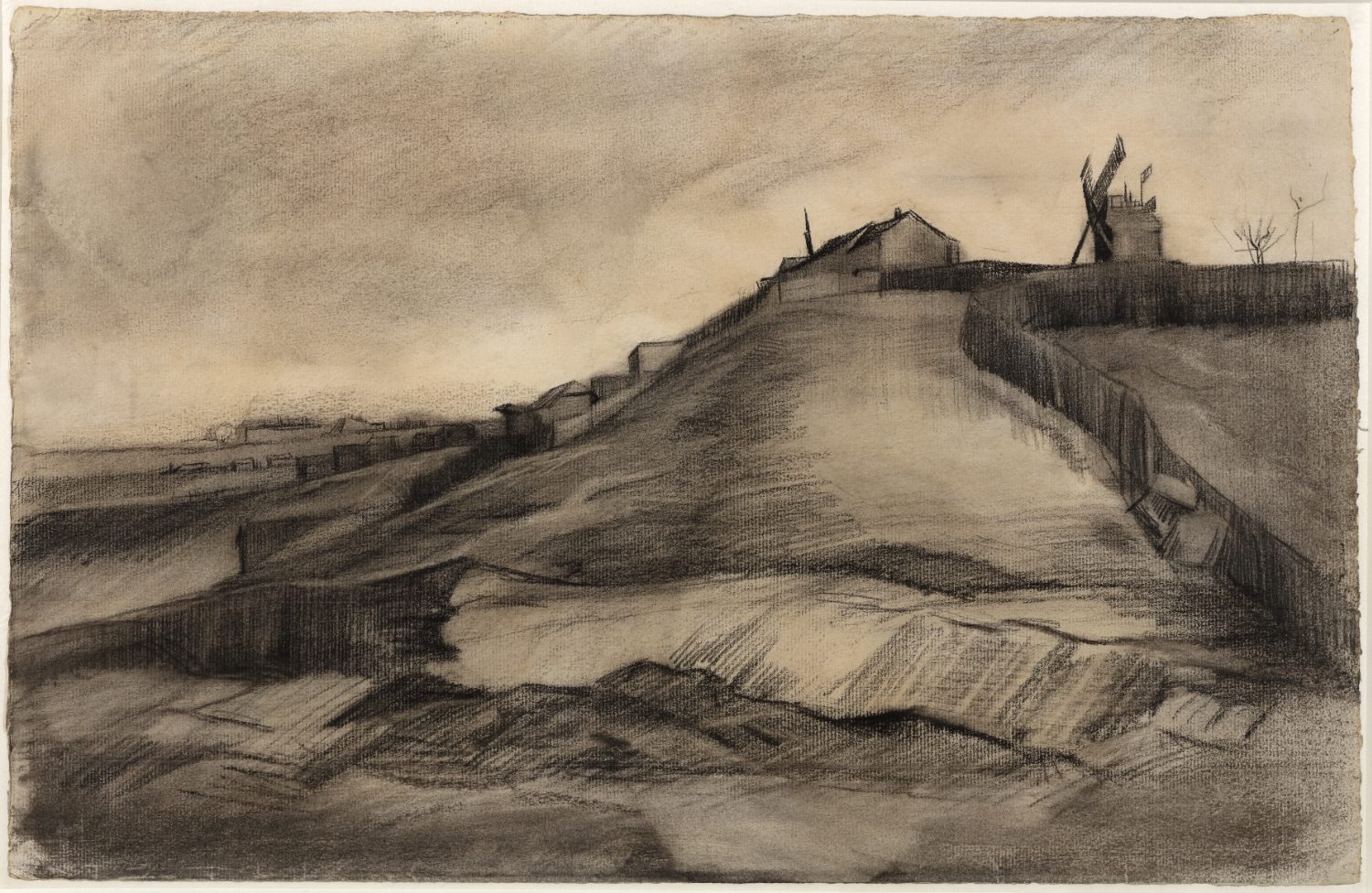
In 1886 and 1887, Vincent van Gogh lived with his beloved brother Theo in an apartment in Montmartre, Paris’s iconic hilltop neighborhood famous at the time for its vibrant art scene. That’s where he composed a series of works in which he depicted rural subjects such as windmills and vegetable gardens, as well as views of the city skyline that he could see from his window. Thanks to new research from the Van Gogh Museum in Amsterdam, we can now add two more works to the Postimpressionist’s Montmartre period.
Hill of Montmartre with Stone Quarry, a 1886 sketch of Paris’s heights with a quarry below, was acquired by the Van Vlissingen Art Foundation in 2014. Four years on, experts from the Van Gogh Museum have confirmed that the drawing indeed came from his hand. This, in turn, helped to authenticate another sketch, The Hill of Montmartre, which was held at the museum but had previously been rejected as a Van Gogh—partly because it was so unlike his other work. “It is fantastic news that two drawings can now definitively be added to Van Gogh’s oeuvre,” said museum director Axel Rüger, in a press release.
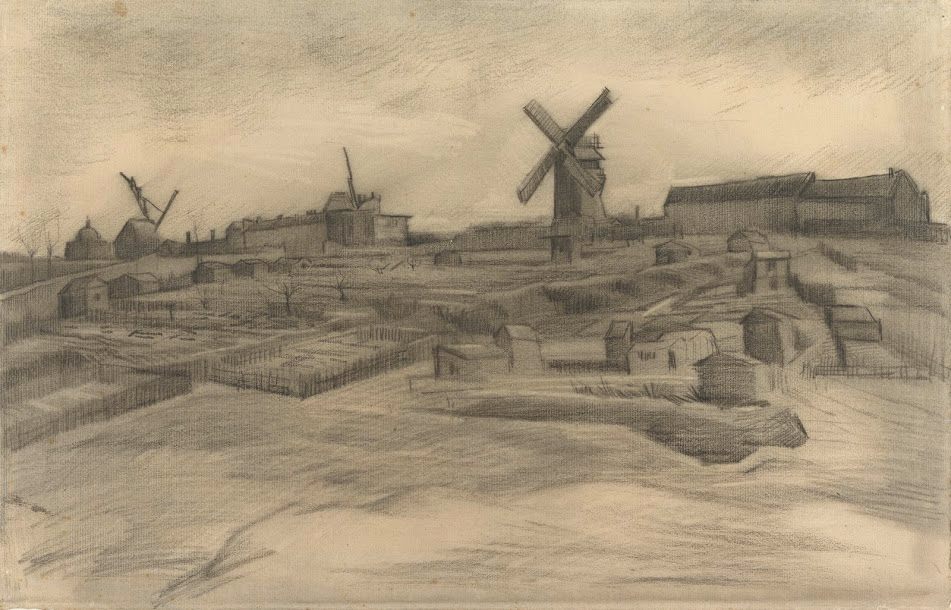
The drawings, which will be featured in a upcoming exhibition at the Singer Laren Museum in the Netherlands, display strong similarities in terms of subject, size, style, technique, and materials. As the Van Gogh Museum’s Teio Meedendorp explained in the release, they were composed when the artist was still practicing with traditional techniques—before finding his distinctive style. “They demonstrate a phase in Van Gogh’s learning process—in Paris, he rediscovered himself, but here, he was still following the traditional artistic path.”
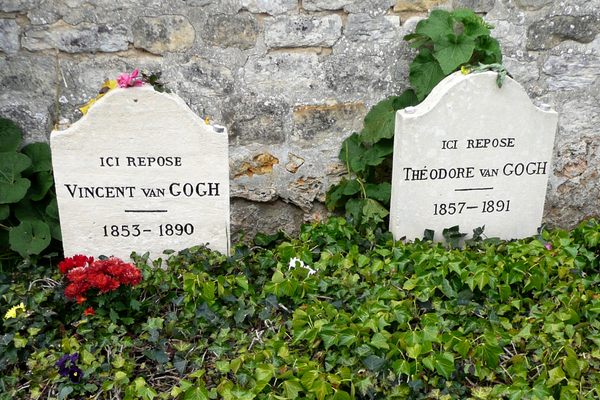


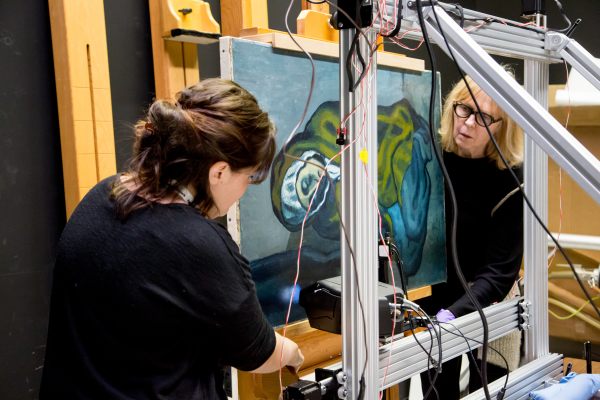
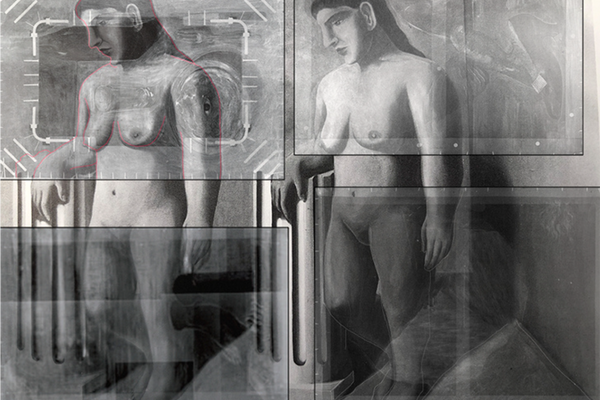






















Follow us on Twitter to get the latest on the world's hidden wonders.
Like us on Facebook to get the latest on the world's hidden wonders.
Follow us on Twitter Like us on Facebook